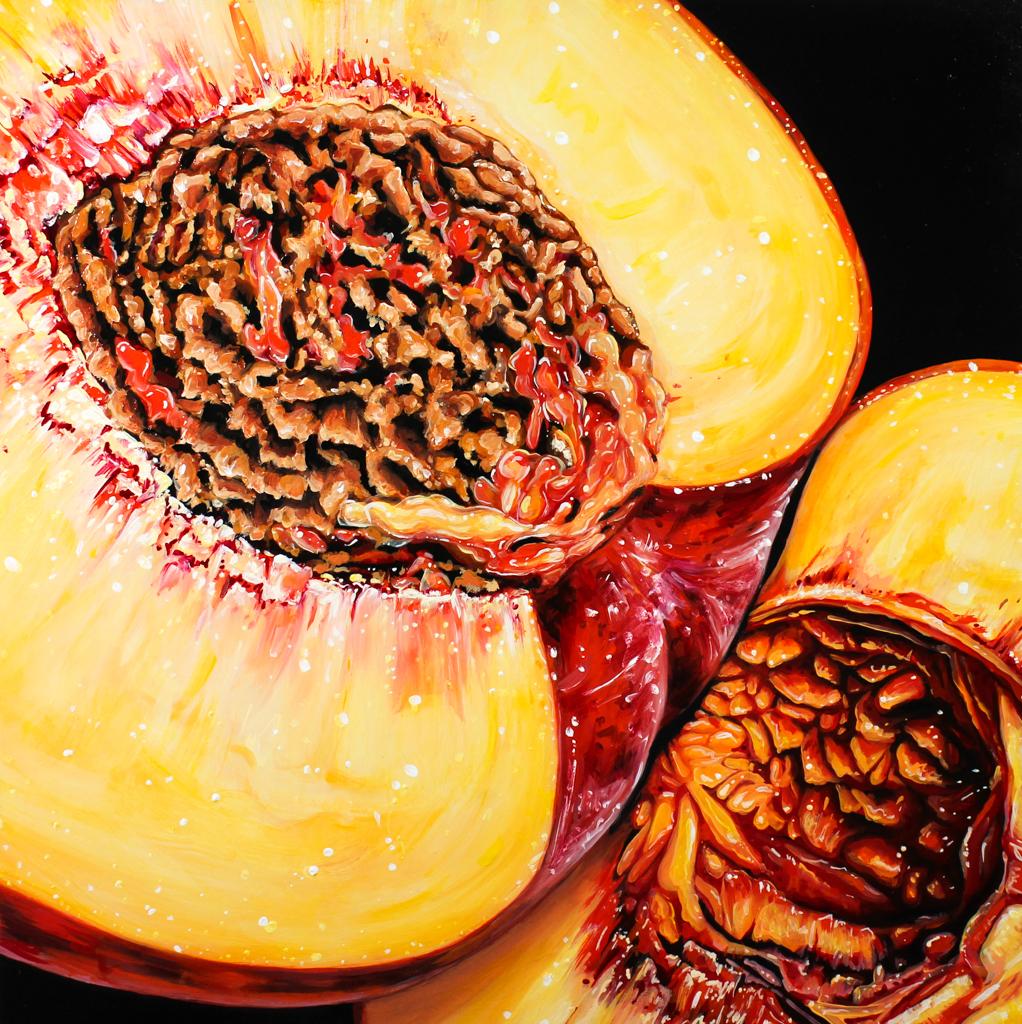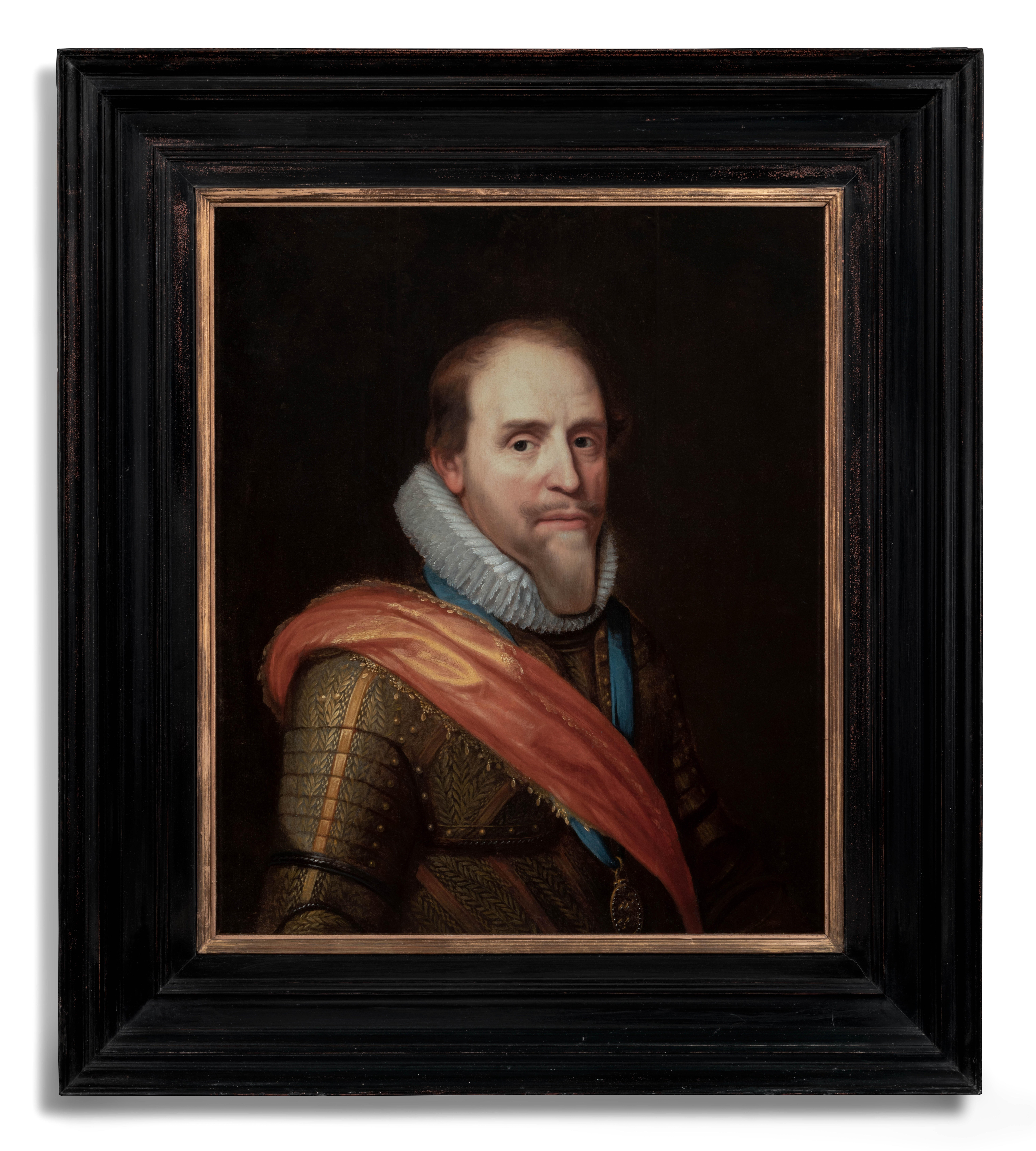Items Similar to Bound
Want more images or videos?
Request additional images or videos from the seller
1 of 5
Stefan SmitBound2020
2020
About the Item
Having studied classical music and originally deciding to go in that direction it came as a tough life decision to make the change to fine art, always having this 'what if' feeling about the road I decided not to take. When I understand friends, fa
- Creator:Stefan Smit
- Creation Year:2020
- Dimensions:Height: 21.65 in (55 cm)Width: 14.37 in (36.5 cm)
- Medium:
- Period:
- Condition:
- Gallery Location:Denver, CO
- Reference Number:
About the Seller
5.0
Platinum Seller
These expertly vetted sellers are 1stDibs' most experienced sellers and are rated highest by our customers.
Established in 1990
1stDibs seller since 2019
525 sales on 1stDibs
Typical response time: 1 hour
- ShippingRetrieving quote...Ships From: Denver, CO
- Return PolicyA return for this item may be initiated within 7 days of delivery.
More From This SellerView All
- CamlynLocated in Denver, COCamlynCategory
21st Century and Contemporary More Art
MaterialsOil, Panel
- WildflowersLocated in Denver, COWildflowersCategory
21st Century and Contemporary More Art
MaterialsOil, Panel
- FortitudeBy Jodi GerbiLocated in Denver, COFortitudeCategory
21st Century and Contemporary More Art
MaterialsOil, Panel
- JaimeLocated in Denver, COJaimeCategory
21st Century and Contemporary More Art
MaterialsOil, Panel
- Street CheetahLocated in Denver, COStreet CheetahCategory
21st Century and Contemporary More Art
MaterialsCanvas, Oil, Panel
- CourageBy Jodi GerbiLocated in Denver, COCourageCategory
21st Century and Contemporary More Art
MaterialsOil, Panel
You May Also Like
- Peach XI-Original hyper realism still life oil painting-artwork-contemporary artBy Angela FaustinaLocated in London, ChelseaAngela Faustina's "Peach XI" transports viewers into a realm of hyperrealism, where the luscious allure of a juicy peach is brought to life with breathtaking clarity. As an original ...Category
21st Century and Contemporary Realist Still-life Paintings
MaterialsOil, Panel
- Maria Pierides, Nude Lipstick 2, Original Abstract Painting, Affordable ArtLocated in Deddington, GBNude Lipstick 2 [2021] Original Oil and oil stick on deep edge cradled panel Image size: H:30 cm x W:30 cm Complete Size of Unframed Work: H:30 cm x W:30 cm x D:4cm Sold Unframed Please note that insitu images are purely an indication of how a piece may look Inspired by a series of haiku poems by poet and mum, Stella Pierides, that were written in response to shared family stories and experiences of lockdown. Maria Pierides...Category
21st Century and Contemporary Abstract Abstract Paintings
MaterialsOil, Panel
- The Church TowerBy Nancy Maybin FergusonLocated in Milford, NHA fine impressionist townscape oil painting by American artist Nancy Maybin Ferguson (1872-1967). Ferguson was born in Philadelphia, PA, and studied with academic realists Charles Hawthorne...Category
Early 20th Century American Impressionist Landscape Paintings
MaterialsOil, Panel
- Dutch Old Master Portrait of Maurits, Prince of Orange-Nassau, Oil on PanelLocated in London, GBIn 1607, the Delft city council decided to commission a portrait of Stadholder Maurits of Nassau for the town hall, with Michiel van Mierevelt as the chosen artist due to the passing...Category
17th Century Old Masters Portrait Paintings
MaterialsOil, Wood Panel
- Portrait of a Lady in an Elaborate Ruff & Lace Coif c.1610-20, Dutch Old MasterLocated in London, GBThis magnificent oil on panel portrait, presented by Titan Fine Art, is a splendid example of the sumptuous female portraits that were painted for members of the upper echelons of society during the early part of the 1600’s. The artist has rendered this portrait with meticulous attention to detail and the surface effects of the fine materials. The elaborate lace coif and cuffs are painstakingly delineated, as is the bold black damask, and sumptuous gold decoration of her skirt and stomacher, which is wonderfully preserved and quite remarkable considering the age of the work and the fact that darker pigments are particularly vulnerable to fading and wear. This work with its spectacular depiction of costume is of absolute quality, it can be rated as one of the best works in the artist’s oeuvre and as such it is an important and splendid example of Dutch portraiture. The Dutch Golden Age of painting was a period in Dutch history, roughly spanning the 17th century, in which Dutch trade, science, military, and art were among the most acclaimed in the world. Dutch explorers charted new territory and settled abroad. Trade by the Dutch East-India Company thrived, and war heroes from the naval battles were decorated and became national heroes. During this time, The Dutch Old Masters began to prevail in the art world, creating a depth of realistic portraits of people and life in the area that has hardly been surpassed. The Golden Age painters depicted the scenes that their discerning new middleclass patrons wanted to see. This new wealth from merchant activities and exploration combined with a lack of church patronage, shifted art subjects away from biblical genres. Dress was a key component in portraits, and the exuberant attire reiterates the incredible wealth of this woman. The sitter will have visited the artist’s workshop and inspected examples on display. They would have chosen the size and the sort of composition and on that basis negotiated the price – which would have also been determined by the complexity of the clothing and the jewels that were to be depicted, and by the materials to be used. When all was considered, this portrait would have cost the sitter (or her husband) a substantial sum. The colour black was regarded as humble and devout yet at the same time refined and sophisticated and the most expensive colour of fabric to dye and to maintain. Citizens spent fortunes on beautiful black robes. Such uniformity must also have had a psychological side-effect and contributed to a sense of middle-class cohesion; the collective black of the well-to-do burgess class will have given its members a sense of solidarity. The colour was always an exciting one for artists and when this portrait was painted there were at least fifty shades of it, and as many different fabrics and accoutrements. Artists went to great lengths to depict the subtle nuances of the colour and the fabrics and textures and how they reflected light and it was an ideal background against which gold and crisp white lace could be juxtaposed to dramatic effect. The sitter is either a married women or a widower as is evident by the clothing that she wears and the position, toward her right, it is highly likely that this portrait was once a pendant that hung on the right-hand side of her husband’s portrait as was convention at the time. She wears a vlieger which was a type of sleeveless over-gown or cape worn by well-to-do married women in the late 16th and early 17th centuries. Variations with short sleeves or high shoulder rolls are known. Sometimes sleeves were attached with aiglets, and often slits were made to allow belts or the hands to pass through. Three-piece vlieger costumes of this kind were standard items of clothing in portraits of the women of the civic elite in the period 1600-40 and was a variant of the Spanish ‘ropa’ and served as a trademark of well-to-do married burgher women. Girls and unmarried woman, including beguines, wore a bouwen (a dress with a fitted bodice and a skirt that was closed all round) instead. This clear distinction between apparel for married and unmarried women is clear not only from inventories and trousseau lists, but also from contemporary sources such as the Dutch Spanish dictionary published by Juan Rodrigues in 1634. In it, a bouwen is described as a ‘ropa de donzella’ (over-gown worn by a virgin) and a vlieger as a ‘ropa de casada’ (overgown worn by a married woman). It is striking how few women are depicted wearing a bouwen, unless they are part of a group, family or children’s portrait and it can therefore be assumed that independent portraits of unmarried women were seldom commissioned. It is also believed that the clothing worn in these portraits existed and were faithfully reproduced when cross-referenced with the few exact documents. These sources also demonstrate that clients wanted their clothing to be depicted accurately and with this in mind precious garments and jewels were often left in the painter’s studio. The prominent white lawn molensteenkraag (or millstone ruff) is held up by a wire supportasse and was reserved only for the citizens that could afford this luxurious item that often required 15 meters of linen batiste. The fabulous wealth of this sitter is also evident by the elaborate lace coif and cuffs which have been exquisitely depicted; lace was often literally copied by artists in thin white lines over the completed clothing. The gold bracelet with jewels is a type that was evidently fashionable as it is seen in a number of portraits during the 1610s and 1620. Clothing and jewellery were prized possessions and were often listed in inventories of estates and passed down from generation to generation. There were a great number of jewellers of Flemish origin working at all the courts and cities of Europe, competing with the Italians, and then the French, adapting themselves to the tastes and positions of their patrons and the raw materials available in the country where they worked. The fashion for jewels “in the Flemish style” succeeded that of the Italian style. Cornelis van der Voort, who was probably born in Antwerp around 1576, came to Amsterdam with his parents as a child. His father, a cloth weaver by trade, received his citizenship in 1592. It is not known who taught the young Van der Voort to paint, but it has been suggested that it was either Aert Pietersz or Cornelis Ketel. On 24 October 1598 Van der Voort became betrothed to Truytgen Willemsdr. After his first wife’s death he became betrothed to Cornelia Brouwer of Dordrecht in 1613. In addition to being an artist, Van der Voort was an art collector or dealer, or both. In 1607 he bought paintings from the estate of Gillis van Coninxloo, and after an earlier sale in 1610 a large number of works he owned were auctioned on 7 April 1614. Van der Voort is documented as appraising paintings in 1612, 1620 and 1624. In 1615 and 1619 he was warden of the Guild of St Luke. He was buried in Amsterdam’s Zuiderkerk on 2 November 1624, and on 13 May 1625 paintings in his estate were sold at auction. Van der Voort was one of Amsterdam’s leading portrait painters in the first quarter of the 17th century. Several of his group portraits are known. It is believed that he trained Thomas de Keyser (1596/97-1667) and Nicolaes Eliasz Pickenoy (1588-1650/56). His documented pupils were David Bailly (c. 1584/86-1657), Louis du Pré...Category
17th Century Old Masters Portrait Paintings
MaterialsOil, Wood Panel
- The Old Barn, JacksonBy Harry Leslie HoffmanLocated in Milford, NHA lovely impressionist winter oil painting with a farmer going into the barn painted by American artist by Harry Leslie Hoffman (1874-1966). Hoffman was born in Cressona, Pennsylvania, studied in Paris, worked at Yale University, and was a student at the Art Students League with Frank DuMond. He spent much of his life associated with the Old Lyme Colony in Old Lyme, Connecticut. His work was greatly influenced by the impressionist style of Willard Metcalf and became well known for his landscapes, still lifes, and underwater paintings. Oil on panel, signed lower right and on verso, titled in pencil on verso “The Old Barn...Category
Mid-20th Century American Impressionist Landscape Paintings
MaterialsOil, Panel



